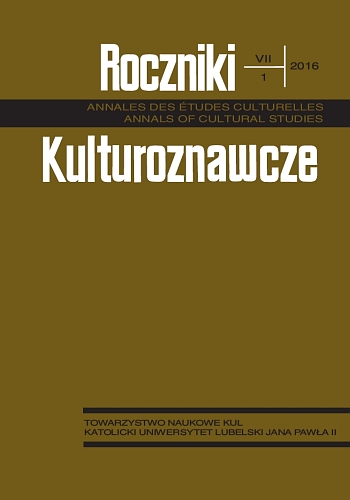The Use of Quantitative Analysis of Digitised Newspapers to Challenge Established Historical Narratives
The Use of Quantitative Analysis of Digitised Newspapers to Challenge Established Historical Narratives
Author(s): Daniel TillesSubject(s): Media studies
Published by: Towarzystwo Naukowe KUL & Katolicki Uniwersytet Lubelski Jana Pawła II
Keywords: analysis; antisemitism; Britain; digital; discourse; fascism; history; Jewish; newspaper; quantitative
Summary/Abstract: This article illustrates the benefits of employing quantitative analysis of digitised primary sources in historical research, demonstrating how it can challenge old orthodoxies and create new insights. The author has used a database of scanned copies of British fascist newspapers from the 1930s to create a large, consistent and representative sample of fascist discourse during this period. Employing a coding methodology, the author has recorded all mentions of Jews within that sample, enabling him to trace over time the evolution of the fascists’ antisemitism, in terms of its quantity, typology and prominence within their discourse. This approach—in combination with more traditional analysis of sources—challenges various longestablished and widely accepted aspects of the relevant historiography. In particular, the author demonstrates that the consensus among historians regarding the chronological evolution of British fascist antisemitism is false, and instead he presents a new, fivestage model of its development. This more accurate timeline allows the author to offer a clearer explanation of the motives and ideology that underlay the fascists’ attitude towards Jews.
Journal: Roczniki Kulturoznawcze
- Issue Year: 7/2016
- Issue No: 1
- Page Range: 83-97
- Page Count: 15
- Language: English

